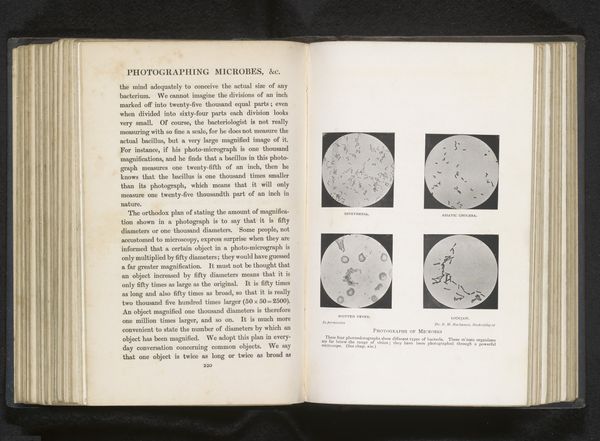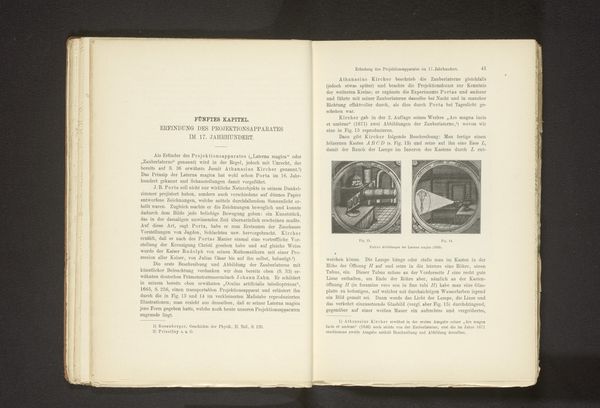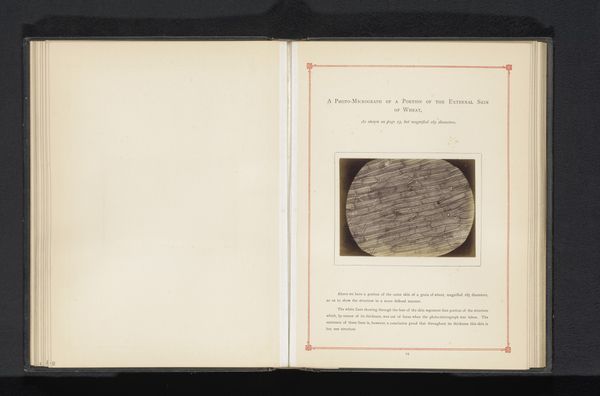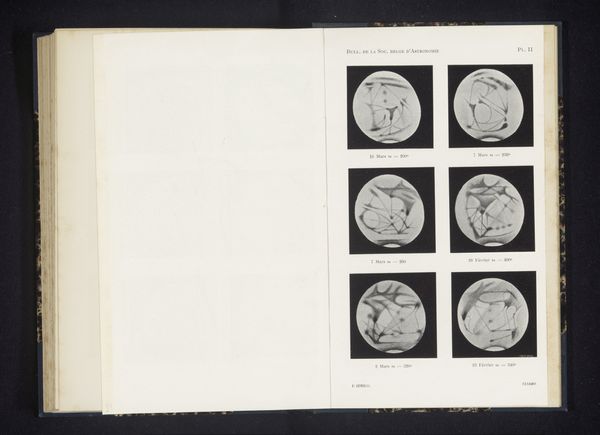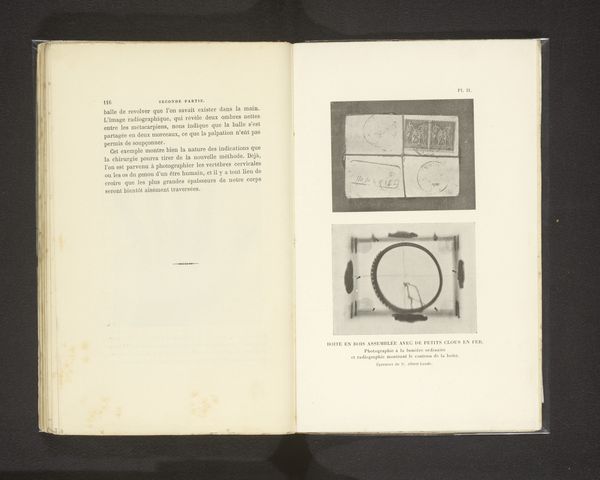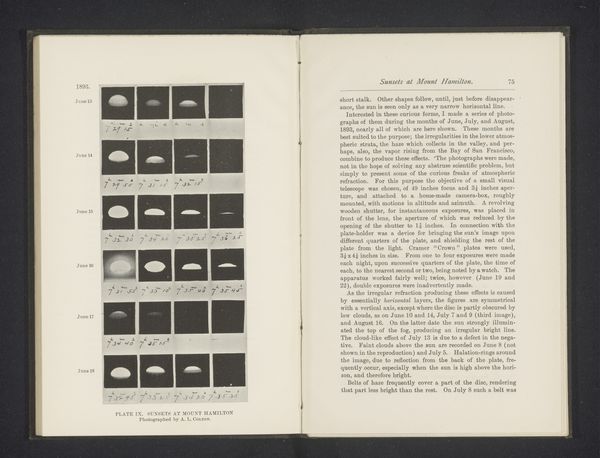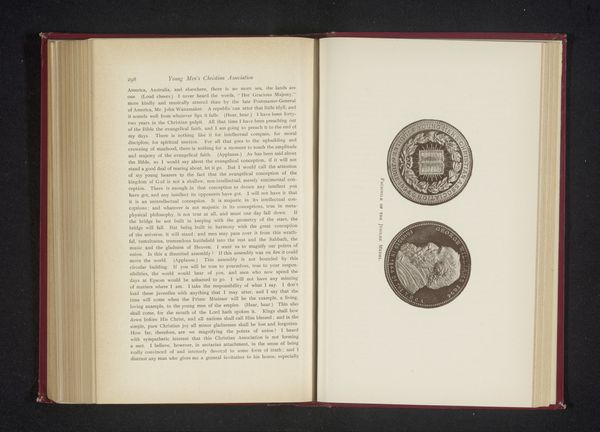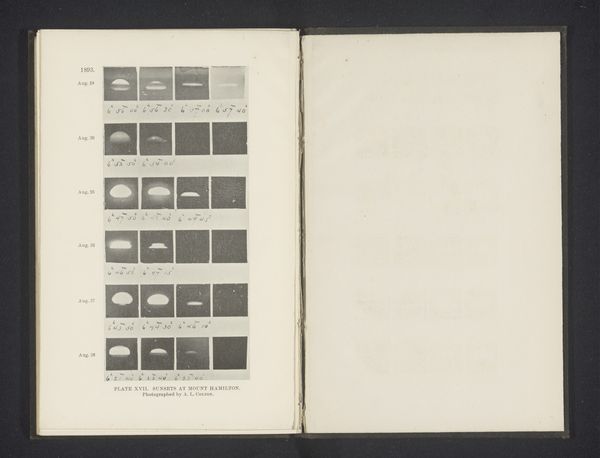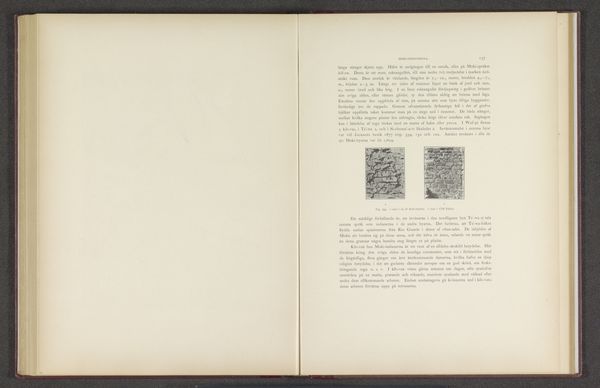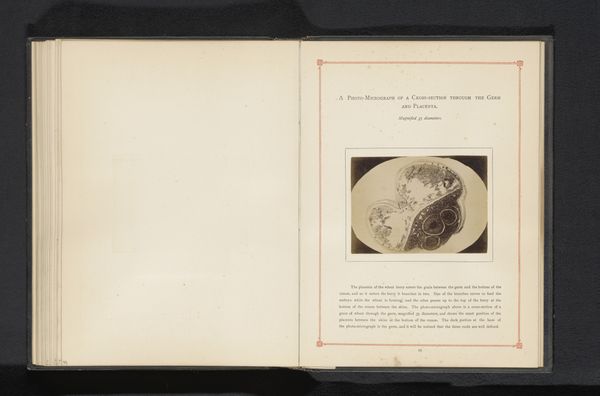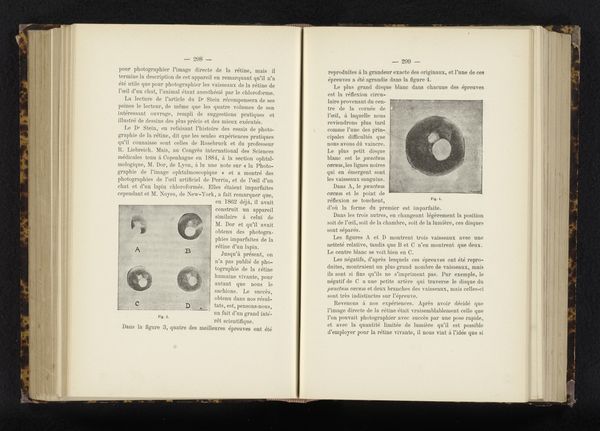
print, engraving
# print
#
landscape
#
academic-art
#
engraving
#
modernism
Dimensions: height 154 mm, width 107 mm
Copyright: Rijks Museum: Open Domain
These drawings of Jupiter were made in 1899 by Ferdinand Quénisset, offering a glimpse into the cosmos as seen through the eyes of a late 19th-century astronomer. Consider the recurring motif of the circle, representing Jupiter itself, with its swirling bands and spots. Circles have been used to symbolize wholeness, the infinite, and the cosmos since antiquity. The image of the cosmos echoes in countless mandalas and cosmological diagrams. The very act of observing and recording celestial phenomena speaks to a primal human urge to understand our place in the universe. These drawings, with their meticulous detail and careful notation, are a testament to the enduring human quest for knowledge. Here, in the gaze of the observer gazing back at us, we catch a glimpse of a collective human drive: an insatiable thirst for knowledge and a deep-seated need to find order in the infinite.
Comments
No comments
Be the first to comment and join the conversation on the ultimate creative platform.
